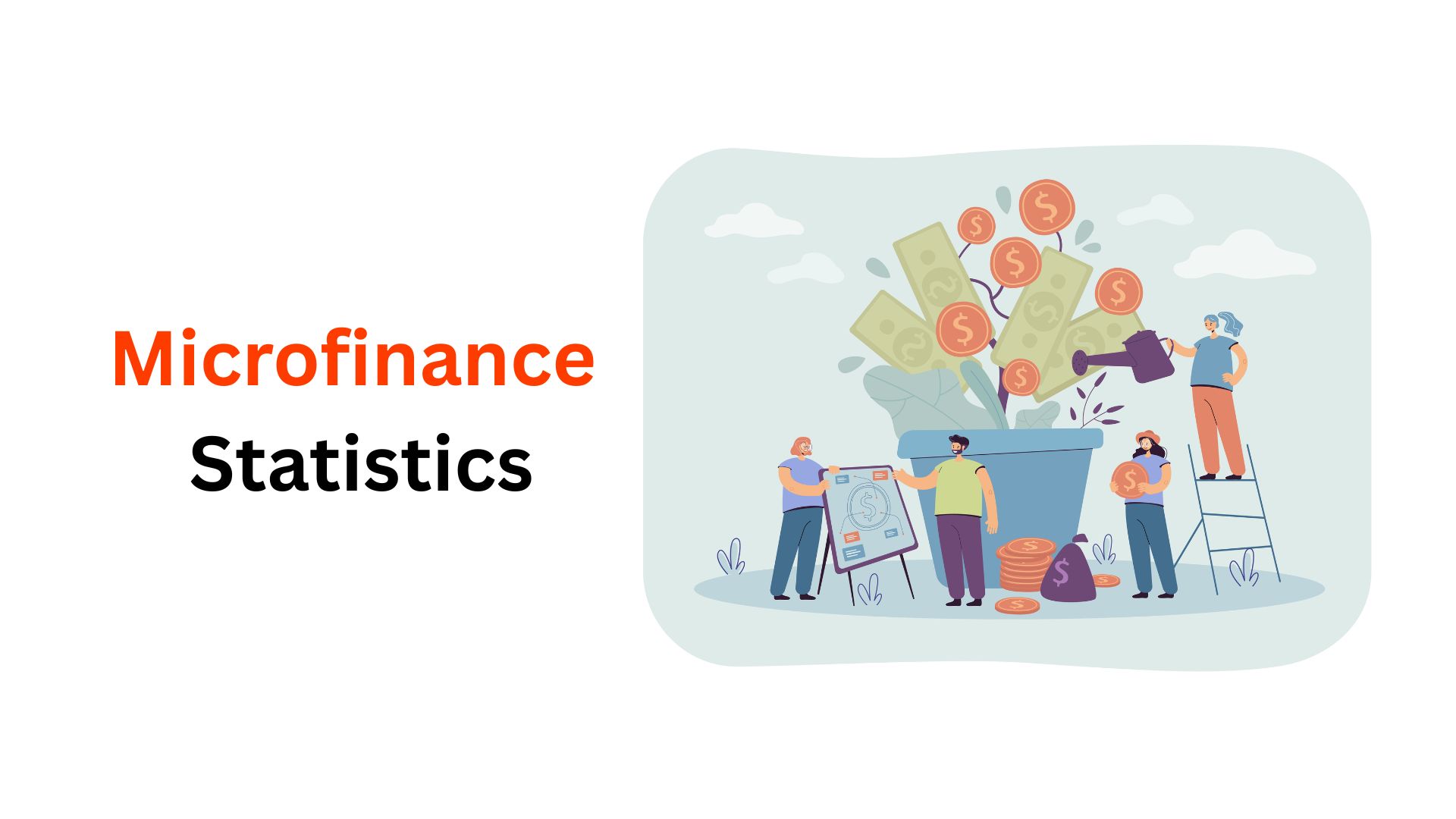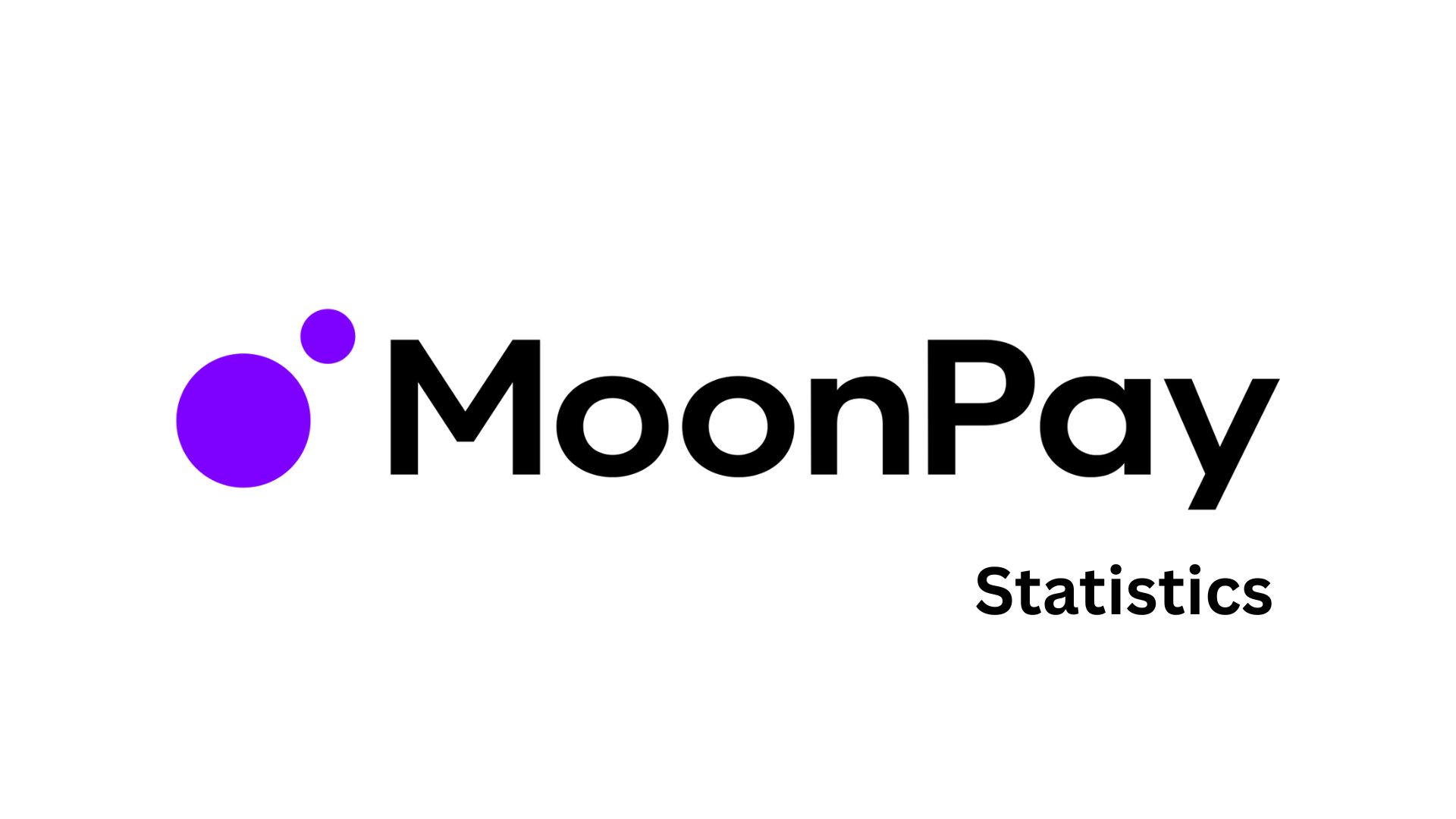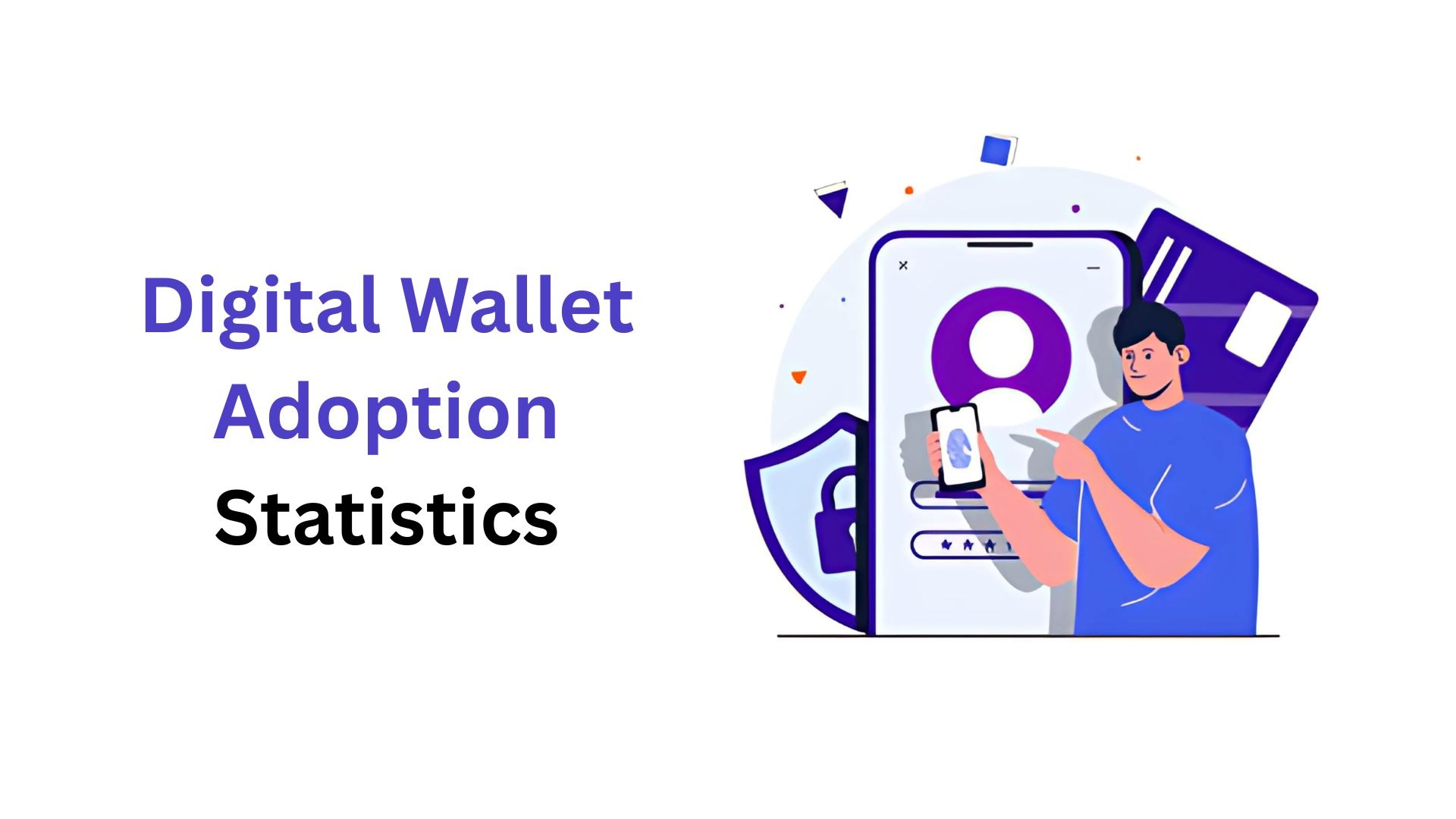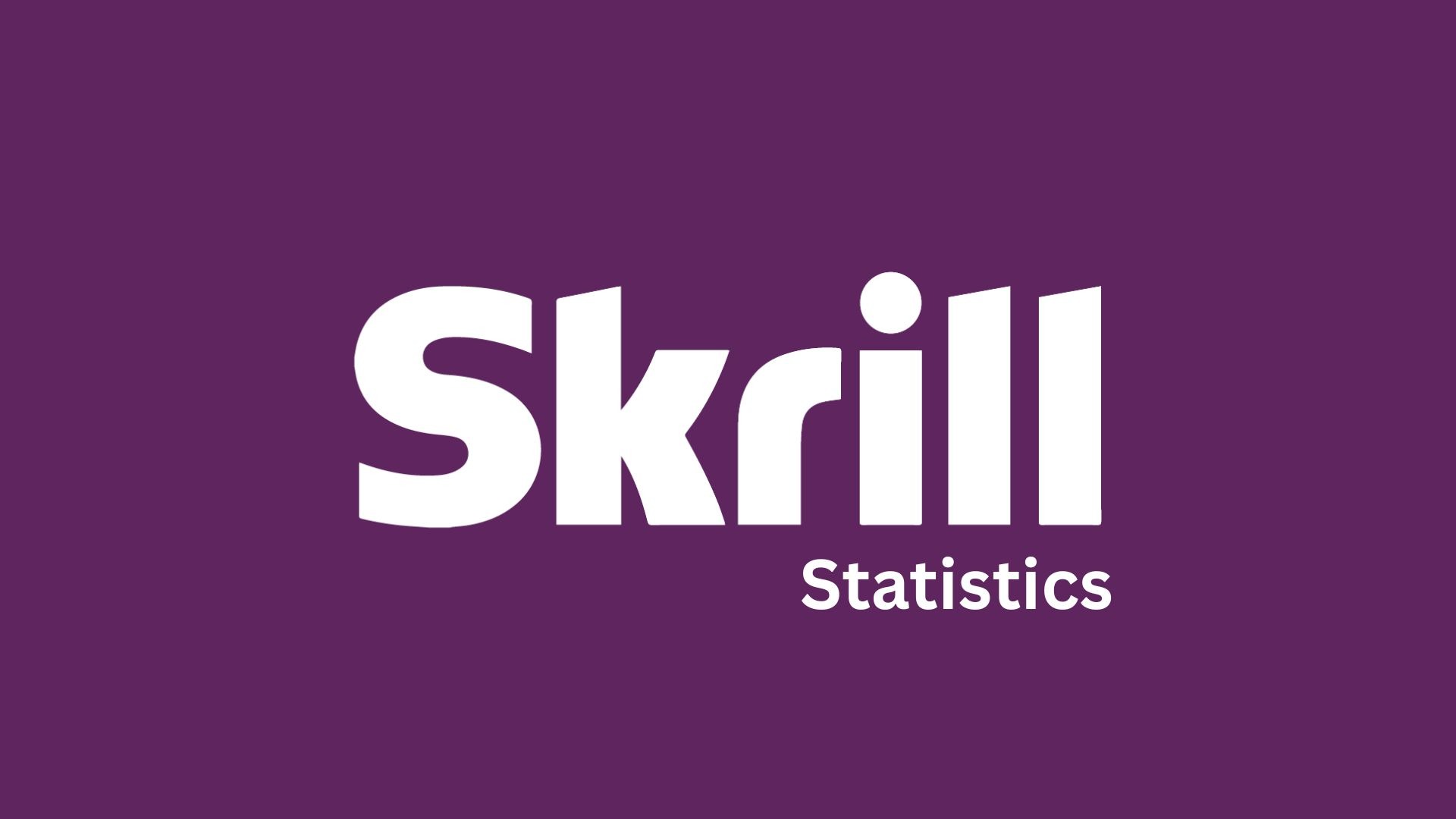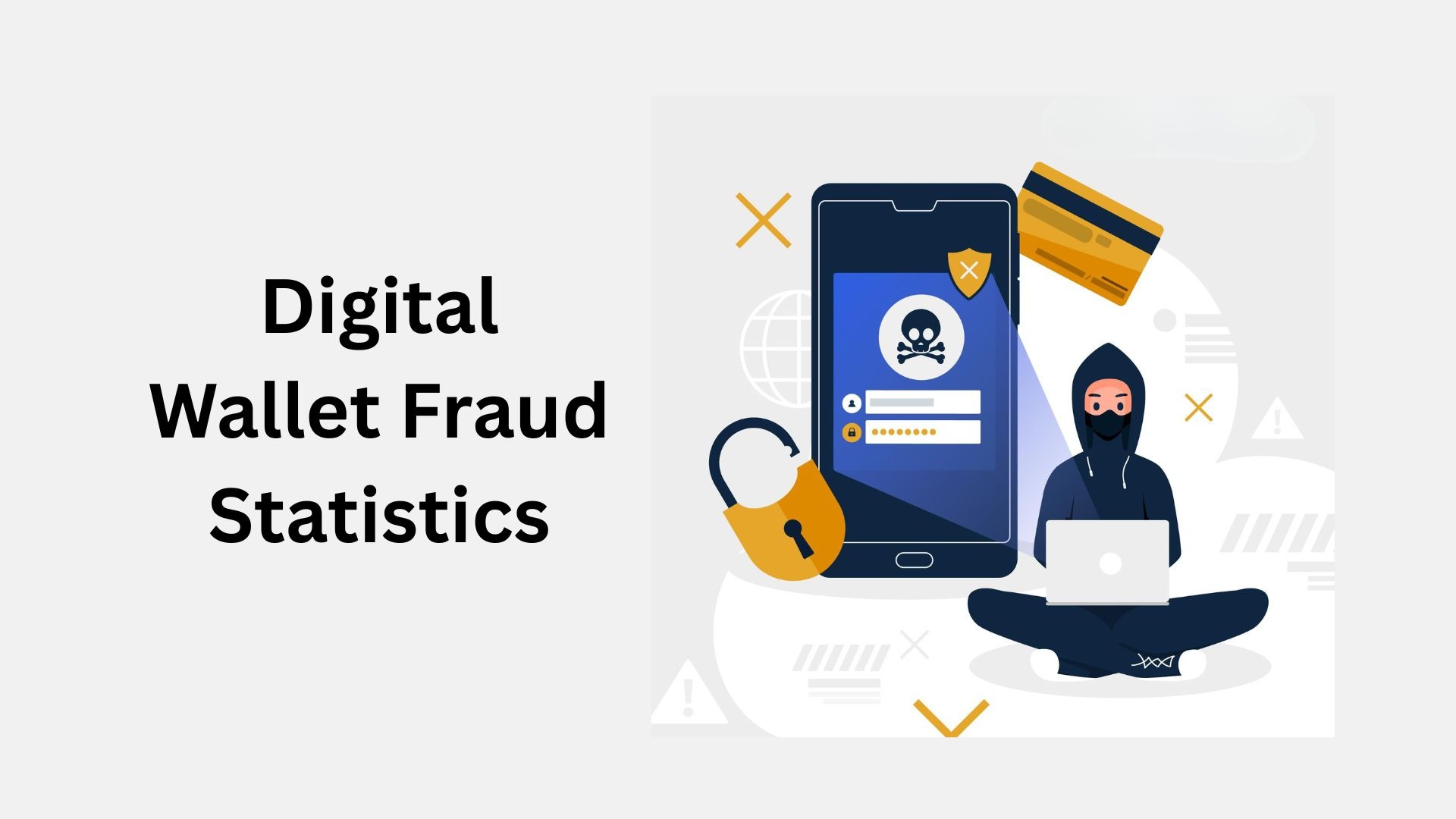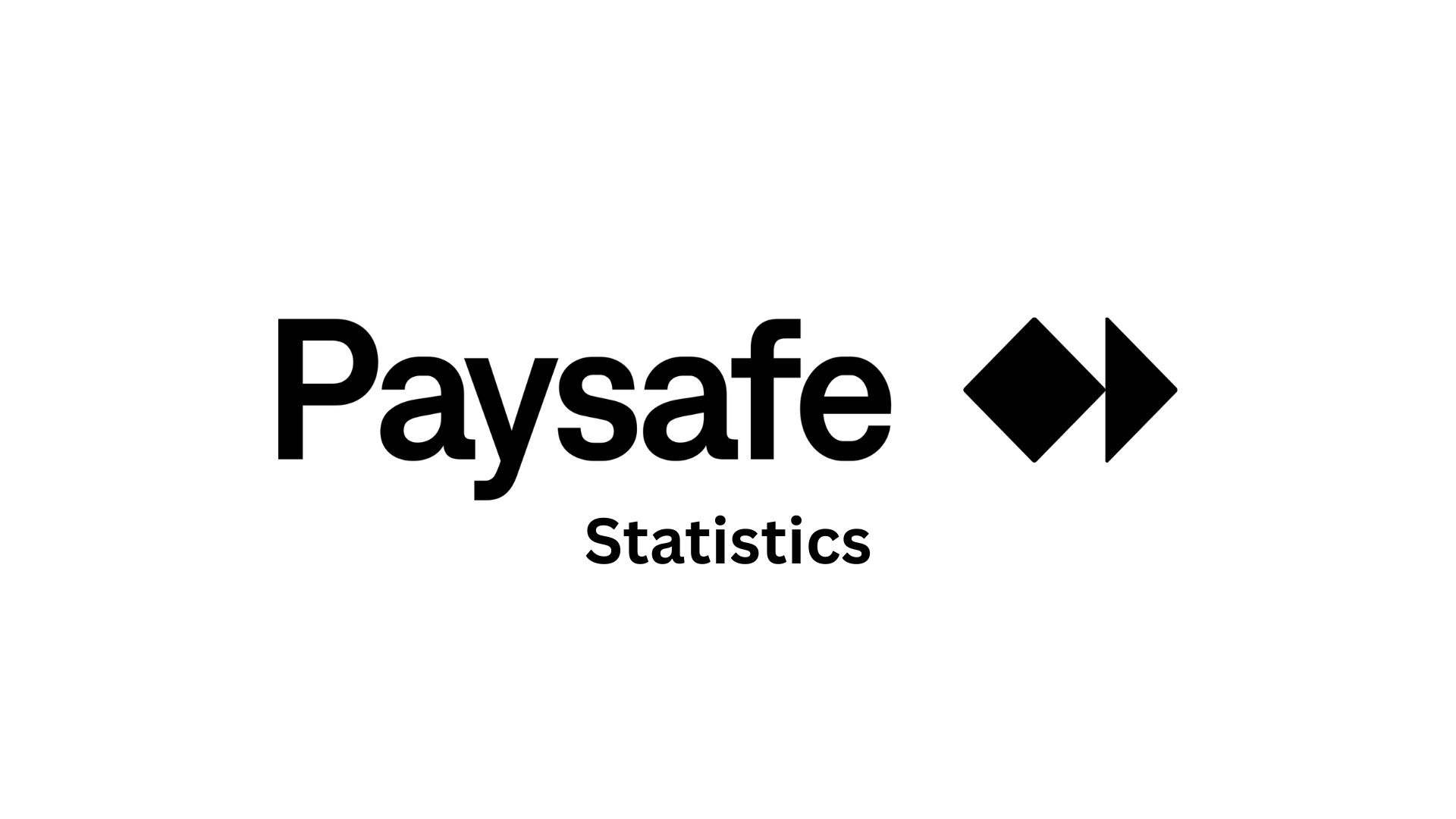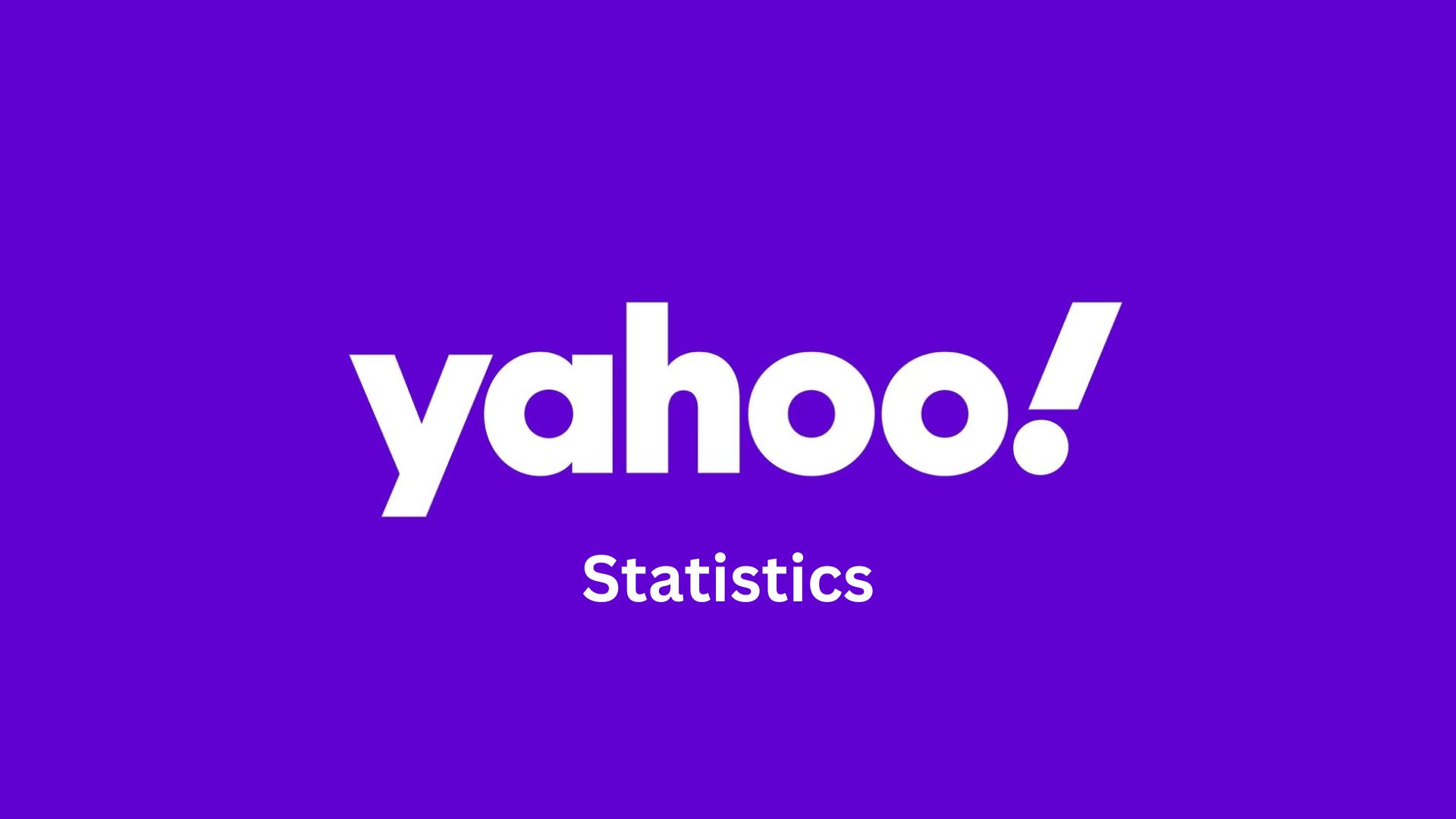Retail Cybersecurity Statistics By Industry, Data Breaches, Solution And Facts (2025)
Updated · Oct 15, 2025
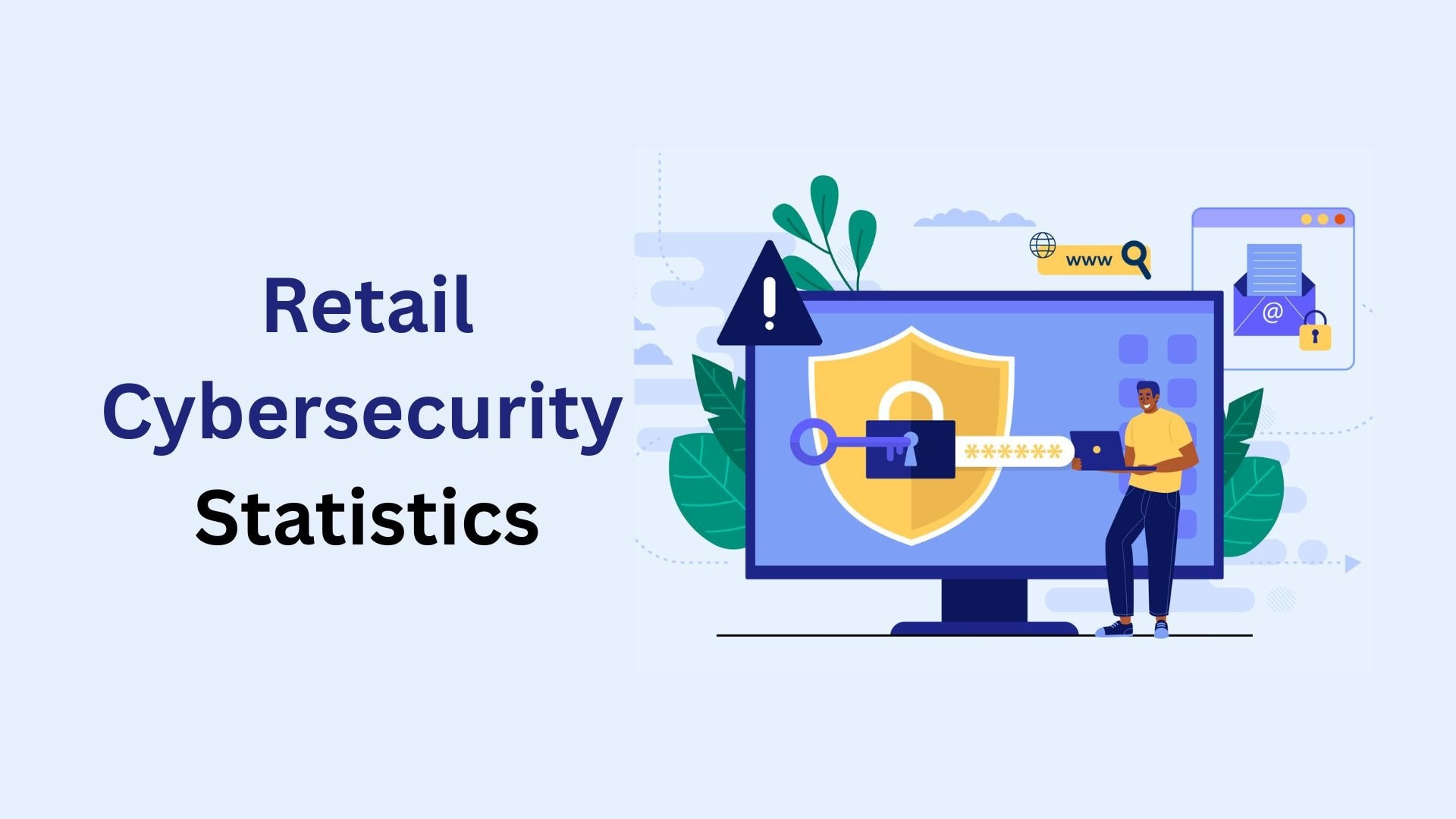
Table of Contents
Introduction
Retail Cybersecurity Statistics: Retailers operate at the crossroads of financial transactions, customer data, and intricate supply chains, which makes the industry an attractive target for cybercriminals. In 2024, the retail sector faced a challenging environment marked by an increase in the number of breaches, higher breach-related costs, and the emergence of new attack methods.
E-commerce platforms, in particular, saw a surge in fraud losses as digital transactions became more common and threats more sophisticated. This combination of rising risks highlights the critical need for strong cybersecurity measures in retail.
By examining key retail cybersecurity statistics from 2024, it becomes clear how vulnerable the sector is and why businesses must take proactive steps to safeguard customer trust and protect operations.
Editor’s Choice
- Retail was strongly targeted in 2024: 97% of top U.S. retailers underwent at least one data breach at a third party.
- On average, a retail data breach costs US$3.48 million, an 18% increase from the previous year, and constitutes 6% of all breaches worldwide.
- Phishing constituted 43% of all e-commerce attacks in 2023, as compared to 35% in 2022.
- Ransomware attacks confronted 69% of retail companies in 2023, with data successfully encrypted in 71% of instances.
- Malicious bots accounted for almost 50% of retail website traffic, with DDoS attacks and bots such as the “Grinch bot” disrupting e-commerce operations.
- 65% of stolen credentials are sold online within 24 hours, damaging reputations and tier revenues fast.
- Supply-chain cyberattacks surged 742% between 2019 and 2022, with third-party vulnerabilities becoming a grave concern.
- In the 2023 incident, a severe breach involving the ransomware attack compromised more than 500,000 employee records with personal and financial information attached.
- The 2024 breach at Neiman Marcus exposed 31 million customer emails and personal details, with the stolen data sold for a price of US$150,000.
Cybersecurity Statistics By Industry
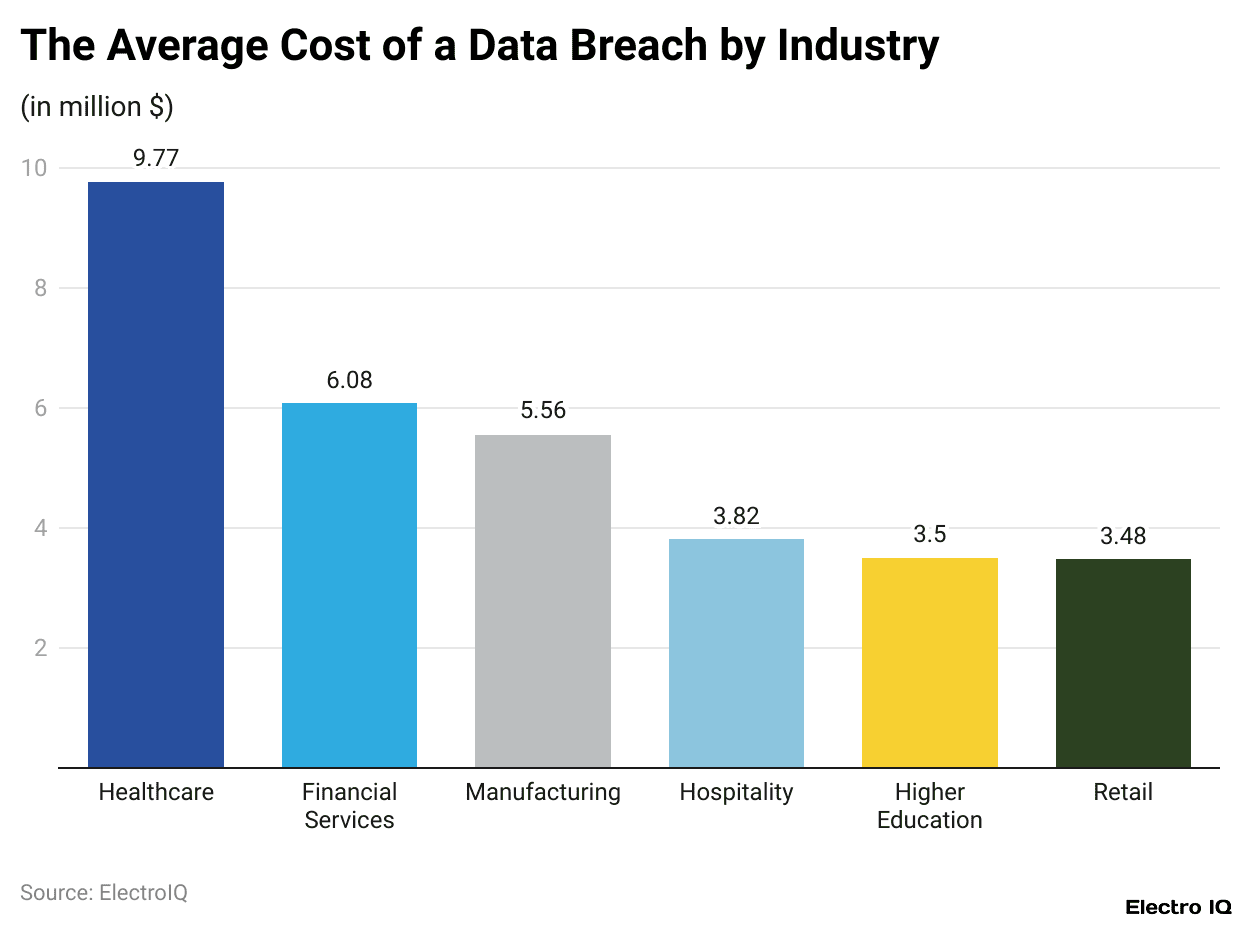
(Reference: vikingcloud.com)
- Manufacturing and retail sectors witnessed heavy targeting of late.
- Within the manufacturing sector, in some cases, up to 44% of the computers became affected by ransomware, and some 62% of the victims in the sector ended up paying the ransom.
- The average price for a breach in manufacturing stood at US$5.56 million, with backdoor attacks representing some 28% of all malicious activities.
- A similar disturbance haunted the retail industry: 97% of leading U.S. retailers grappled with at least one third-party data breach in the past year.
- The expenses for data breaches grew by 18% year on year, while the sector accounted for some 6% of all breaches globally each year. The average retail data breach cost was US$3.48 million.
- Healthcare stood at the third position in terms of attacks worldwide in 2024, with the rise of ransomware steepened by at least 25%.
- Around 68% of healthcare officials reported seeing an average of two attacks each year, which again shows that repeated incidents are very common.
- Meanwhile, positive factors include more than 70% of U.S. hospitals surveyed by the Department of Health and Human Services already following NIST cybersecurity protocol for their defense.
- However, that comes hardly cheap: while some accounts claim that the costs of breaches in healthcare are dropping at a 10.6% average per year.
- The overall cost of healthcare breaches has gone up by 53% since the onset of the COVID-19 pandemic; in 2024, the average cost of a data breach in healthcare was US$9.77 million.
- While cyber risks continue to escalate in the financial sector and insurance, attacks on APIs are increasing.
- The web applications have soared by 65% in a year, even while financial services were rated as being the third-most targeted industry for phishing.
- There were also massive increases in bot-generated malicious traffic—up 69% year on year in financial services.
- On the other hand, costs have now also increased: breach costs hiked about 2.3% compared to the preceding year.
- On average, US$5.9 million was paid per data breach in financial services, the range of such breaches in the sector standing between US$5.86 million and US$6.08 million.
- We can see that the rise in cyber risks besets the hospitality sector, especially during busy travel times.
- In North America, 90% of hotel IT and cybersecurity heads reported experiencing at least one attempt at an attack through the 2024 summer season.
- It is further said by a large majority of 82% of hotels surveyed that they were victims of a successful breach, with 44% experiencing over 12 hours of downtime.
- Further reports state repeated attempts at breaches in hotels, whereby 58% of them faced five or more attacks during peak travel months.
- Attacks increased during the summer, according to the report, to two-thirds, with 50% saying that the severity of attacks increased during that time.
Most Common Retail Cybersecurity Statistics
- One of the biggest dangers retailers face today is credential phishing. It is a social-engineering attack that depends on tricking people rather than breaking down a network.
- Fake emails, texts, or phone calls are sent by cybercriminals, which appear to be coming from trustworthy brands or colleagues.
- Victims who fall for such attacks are tricked into sharing sensitive information, clicking on malicious links, or downloading malware.
- After stealing information, criminals commit identity theft, credit card fraud, or account takeovers. This hits directly in e-commerce businesses.
- Phishing constituted 43% of all attacks in 2023, up from 35% the year before, as per Cybersource 2023 Global Ecommerce Payments and Fraud Report.
- Another notable danger is malware infiltration. Viruses or Trojans make retail systems vulnerable through phishing emails, unsafe downloads from a third party, or supply chain weaknesses.
- Then malware may start stealing sensitive customer data: credit card details and login credentials. POS systems are among the file favourites.
- Very famous is the 2013 Target incident, where malware infiltrated its POS system and grabbed more than 40 million debit and credit card numbers, culminating in a US$18.5 million settlement.
- The last type of attack that poses a significant threat is ransomware. Attackers encrypt company data and demand a ransom for the decryption.
- Due to the high costs of downtime, many businesses pay. Ransomware spots increased in the top threats in nearly all industries, with the average loss for ransom payers being close to US$46,000.
- In 2023, 69% of retail firms were targeted by ransomware, and in 71% of those instances, the ransomware attackers successfully encrypted company data.
- Only about a quarter of all retailers could manage to stop an attack before the encryption.
- DDoS has become a very popular technique, too. During these attacks, hackers would flood the retail sites with bot-generated traffic, thus making the sites inaccessible to genuine customers.
- Almost half of all retail site traffic is now accounted for by bad bots and automation.
- When the website goes down amidst the attack, businesses suffer lost sales and the brand takes a reputation hit.
- Web application vulnerabilities would be a significant risk as well. Hackers exploit vulnerabilities in e-commerce platforms to install malicious code, manipulate cookies, or tamper with database queries.
- 65% of stolen credentials appear on criminal forums in less than 24 hours. This kind of breach can cause immense damage in terms of customer trust and a retailer’s reputation.
- Social engineering continues its evolution beyond general phishing. Spear phishing is directed against certain employees, while whaling targets executives.
- The most expensive instance of BEC causes a victim to send money or sensitive information, with median losses of roughly US$50,000 per incident.
- Finally, supply chain vulnerabilities have become a big entry point. Retailers often take third parties for payment processing, logistics, and customer support.
- This kind of attack has, therefore, seen tremendous growth, having grown by 742% between 2019 and 2022 and thus becoming one of the deadliest modern threats for any retailer.
Recent Data Breaches Statistics
Forever 21 Data Breach (2023)
- From January to March 2023, Forever 21 suffered a massive data breach that affected more than 500,000 employees: past and present.
- An unauthorised third party penetrated highly sensitive data consisting of names, dates of birth, Social Security numbers, bank account numbers, and health plan information.
- The attack is purportedly related to ransomware activities. The company claims that after the breach, the data was deleted, at least in their records.
- Provided as an option to mitigate any further damage was the offer for victims to avail themselves of one year of free fraud and identity theft protection.
Neiman Marcus Data Breach (2024)
- In May 2024, the luxury goods retailer admitted to a data breach connected to another incident involving cloud-storage company Snowflake.
- Data exposed included customer names, contact details, birthdays, and gift card numbers, though it is affirmed that payment card PINs had not been compromised.
- Hackers under the name of Sp1d3r claimed responsibility for the attack and demanded ransom from Neiman Marcus, which refused to pay.
- The attacker allegedly went ahead and sold the stolen database for US$150,000, claiming that it included partial Social Security numbers besides the aforementioned information.
- Troy Hunt, founder of Have I Been Pwned, analysed the breach data and confirmed that over 31 million customer email addresses were leaked.
- This was not the first time Neiman Marcus was targeted: in 2013, 2015, and 2020, there were previously reported breaches, indicating a chronic vulnerability in the network.
Best Retail Cybersecurity Solution
Shopify POS
- Shopify POS is a system that helps retailers secure the sale of goods in person by controlling staff access and creating accountability among them.
- Employees are provided with either limited or unlimited permissions and unique PINs; the transactions are associated with the person who processed them.
- Retailers also get to create custom staff roles, such as preventing junior staff from issuing refunds bigger than a preset amount or applying discounts substantial enough to require supervisor approval.
Shopify Protect
- Shopify Protect, working alongside Shop Pay, protects the retailer from fraud and chargebacks.
- For U.S. stores using Shop Pay, eligible transactions get free protection for fraud, covering the cost of the order and any chargeback fees.
- Checkouts made via Shop Pay typically convert 1.72 times higher than the traditional way.
- This way also keeps Shopify safe and secure across its platform with SSL encryption, DDoS protection, and PCI DSS compliance.
Lacework
- Lacework prevents unusual behaviour or related alerts through machine learning; such logic will minimise false alarms, so the team can concentrate on more serious matters.
- As it integrates with AWS, Azure, and Google Cloud, this is an option for businesses going into cloud services.
Arctic Wolf
- Arctic Wolf security operations are cloud-native and possess panoramic visibility into endpoints, networks, and cloud environments.
- The system disposes of trillions of events a week in response to detecting threats with alacrity.
- The firm serves over 4,000 customers worldwide, with more than a million licensed users.
CyberArk
- CyberArk is the identity protector of more than half of Fortune 500 companies.
- It secures both personal and automated accounts to access resources from any device or location securely.
- CyberArk had the vision to develop a strong identity solution while keeping it easy to use for businesses and individuals alike to protect sensitive accounts.
Conclusion
Retail Cybersecurity Statistic: The retail industry continues to face significant cybersecurity threats in 2024, with phishing, ransomware, DDoS, and supply chain attacks. These attacks create tremendous financial and reputational havoc. High-profile breaches at Forever 21 and Neiman Marcus have shown that retailers remain vulnerable despite security investments.
In terms of statistics, the average breach costs US$3.48 million, so hefty threats should not be ignored by retailers. Defence mechanisms stronger than Shopify POS, Shopify Protect, Lacework, Arctic Wolf, and CyberArk can be taken into consideration. Therefore, the criminal in retail is no longer an option but a must to save sensitive data with customer trust and business continuity in the digital-first economy.
FAQ.
The leakage of payment data, personal info, and supply chain relationships makes retailers very tempting to hackers. An excellent sector for attacks comes from e-commerce, POS systems, and third parties.
The average price of a data breach in retail amounted to US$3.48 million, an increase of 18% from the previous year. These figures include costs of detection, lawsuits, customer notification, loss, and damage recovery costs.
The Forever 21 breach exposed data for half a million employees in 2023, whereas Neiman Marcus’ 2024 breach leaked 31 million customer emails and other personally identifiable information. Both incidents brought to the spotlight issues related to ransomware and third-party vulnerabilities.
Phishing, ransomware, malware infiltration, DDoS attacks, and supply chain exploits dominate the retail sector. For instance, phishing accounted for 43% of e-commerce attacks in 2023, versus 69% of retail firms with ransomware incidents.
Retailers can opt for the likes of Shopify POS for secure transactions, Shopify Protect for fraud and chargeback protection, Lacework for cloud monitoring, Arctic Wolf for proactive threat detection, and CyberArk for identity security. In-store as well as online, these tools boost security.

I hold an MBA in Finance and Marketing, bringing a unique blend of business acumen and creative communication skills. With experience as a content in crafting statistical and research-backed content across multiple domains, including education, technology, product reviews, and company website analytics, I specialize in producing engaging, informative, and SEO-optimized content tailored to diverse audiences. My work bridges technical accuracy with compelling storytelling, helping brands educate, inform, and connect with their target markets.



